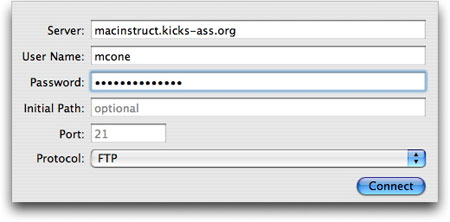

Use Expect to feed commands to the FTP prompt.It's a glaring security risk to have this well-known file on yourĭisk anybody who gains access to your. Used to store host access information (your username and password on each Syntax differences, this is not much different than the first option, sinceįTP commands don't have any capability for error detection, decision making,Ĭonditional execution, etc. Login directory in the form of a macro definition.

Put the commands to be executed into the.Also, your password can be visible to other people through "ps" or Syntax of your procedure depends on which shell (sh, ksh, csh, bash, etc) youĪre using. Piping of standard input or "here" documents into them. Some FTP clients do special tricks with the password that tend to thwart On, and can get into an awful mess when something goes wrong. This works great when it works,īut doesn't allow for synchronization, error handling, decision making, and so Pipe commands into FTP's standard input.(the options for Windows are sparse indeed): Until now, the stock answers (for Unix) have been as follows Hardly a day goes by without an FTP automation question appearing in the directory pathĪlso see: Accessing IBM Information Exchange with Kermitįor a discussion of making securely authenticated and encrypted FTP Terminology used here might need minor adjustments (e.g. The Kermit FTP client is alsoĩx/ME/NT/2000/XP, for which some of the applications, examples, and This page is written for users of Unix operating systems - Linux, Mac OS X,įreeBSD, AIX, HP-UX, IRIX, Solaris, etc. UNIX WINDOWS FTP CLIENT DOCUMENTATION KERMIT SCRIPT LIBRARYĬLICK HERE to read about new FTP featuresįTP SCRIPT : FTP AUTOMATION : AUTOMATE FTP : BATCH FTP :


 0 kommentar(er)
0 kommentar(er)
